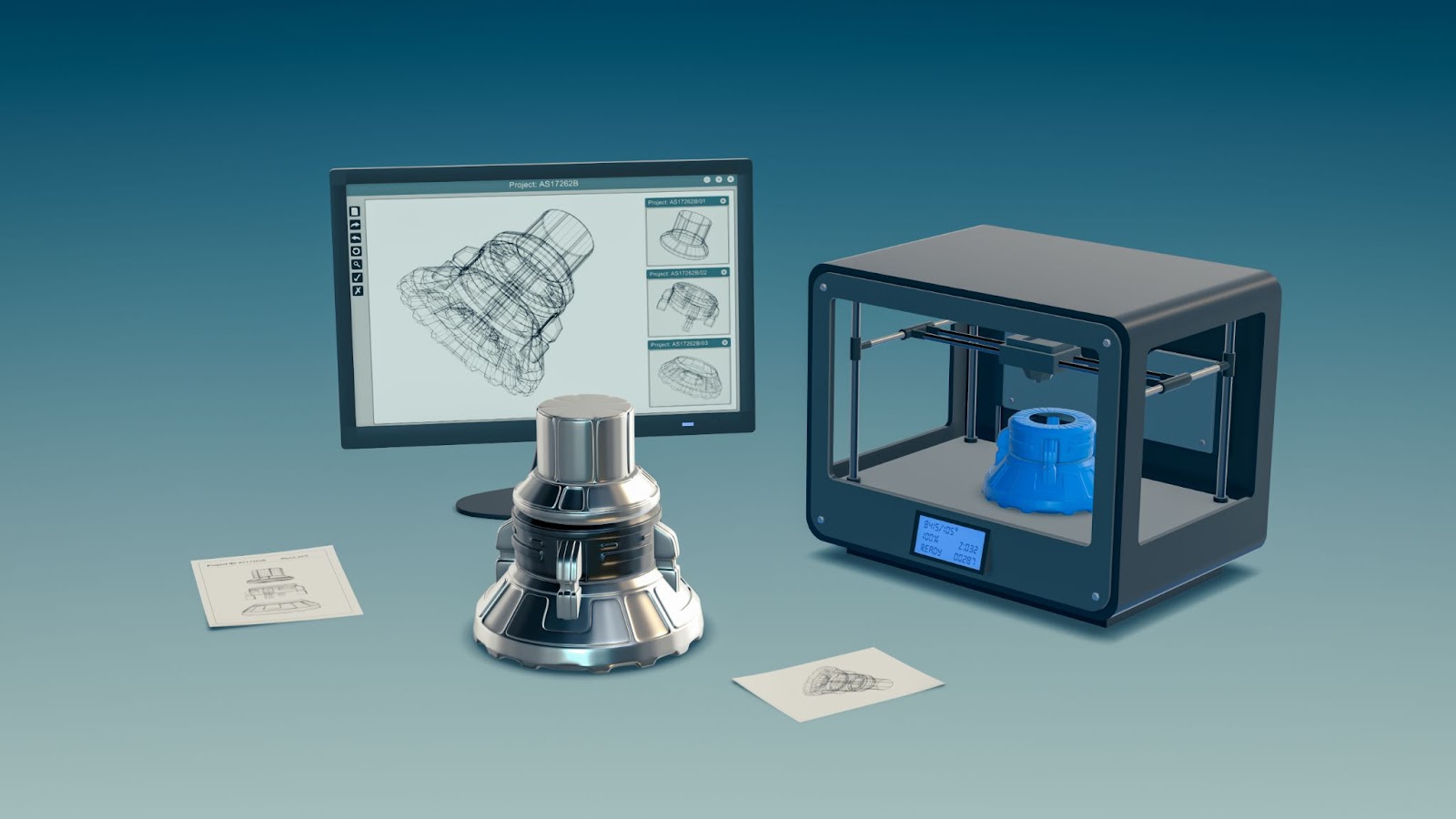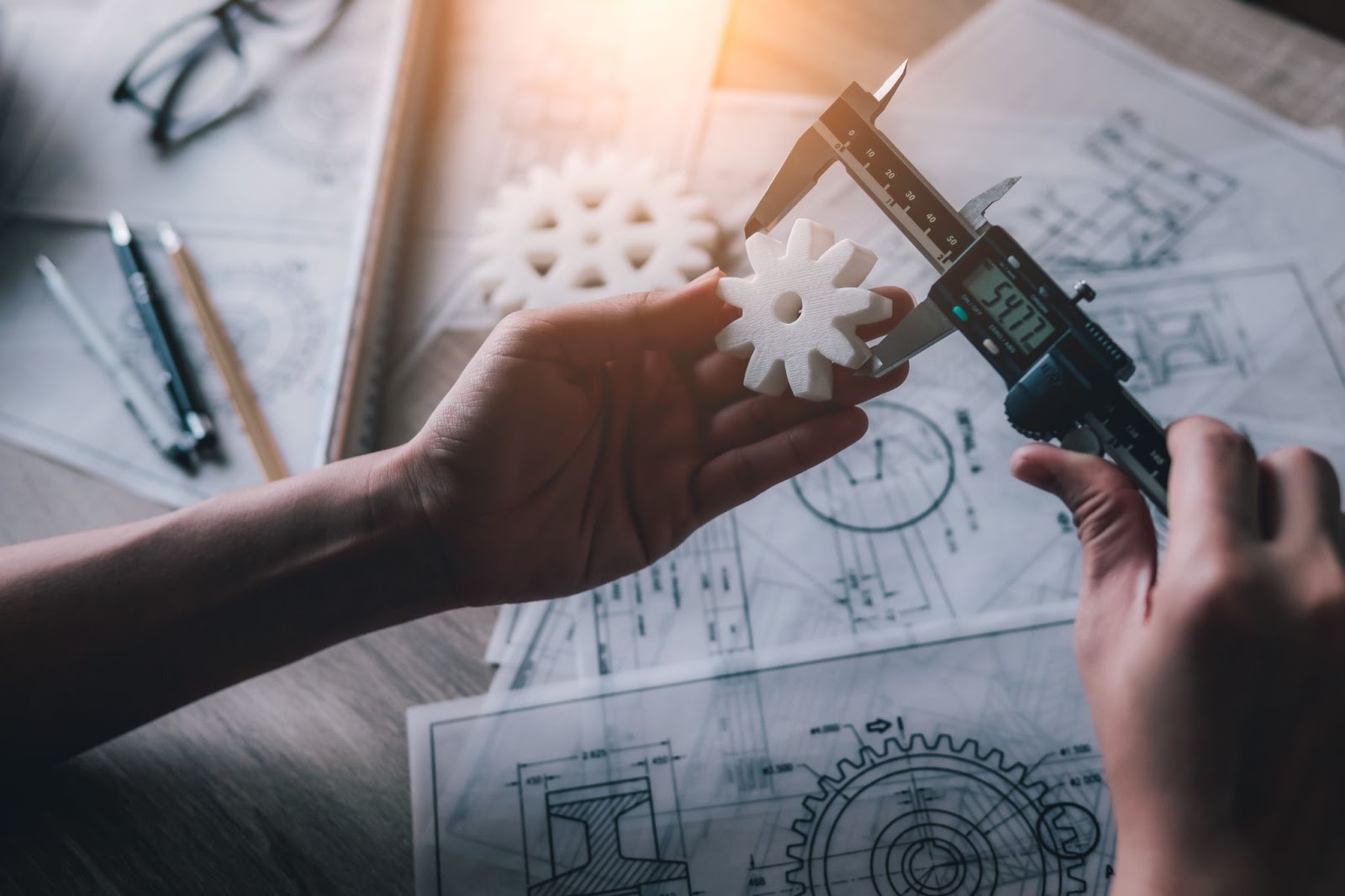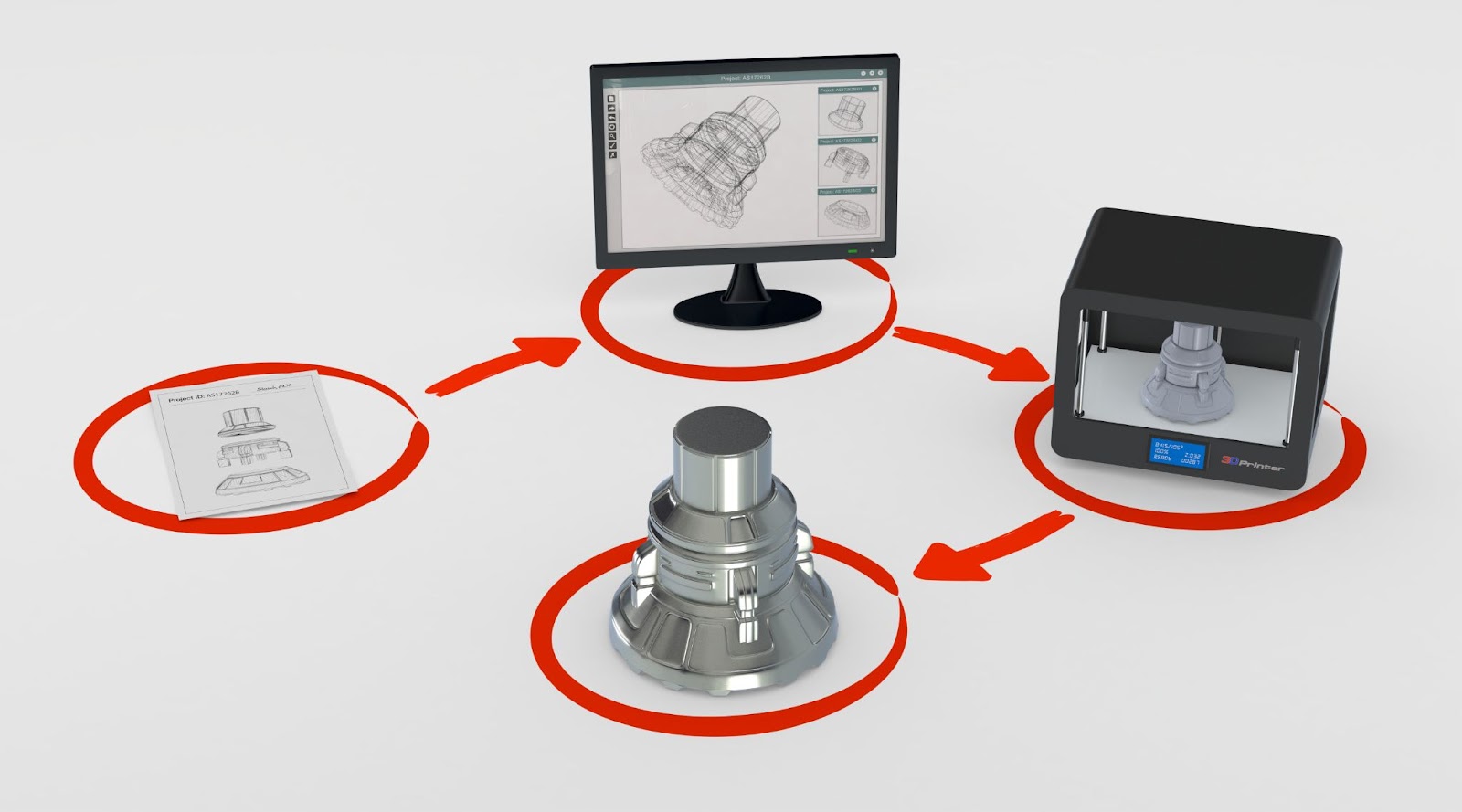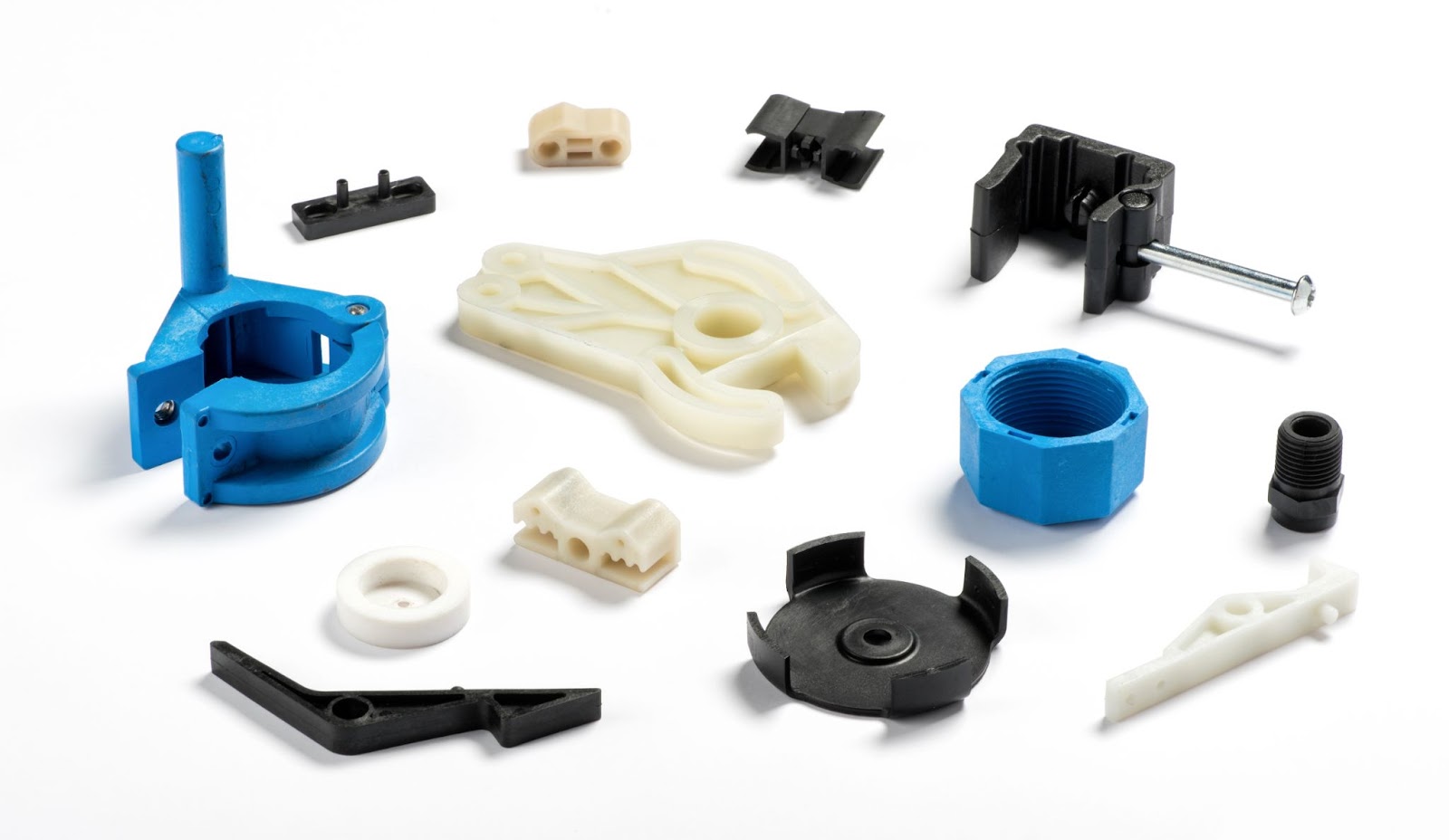Time to read: 5 min
Are you ready to create the perfect plastic prototype? You’ll probably need more than one type of prototype during the design process, which means choosing between various plastic prototyping methods and materials. Some techniques don’t support certain plastics, however, and they each offer different prototyping speeds, part tolerances, resolution, and cost.
So, where do you begin? Here’s a list of questions to ask and answer:
- What is plastic prototyping – and which type of prototype do I need?
- How do I make a plastic prototype?
- What are some common materials for a plastic prototype?
- How can I get a plastic prototype made?
Ficitv is the perfect partner for manufacturing your perfect plastic prototype. And our innovative digital manufacturing ecosystem can scale from your plastic prototypes to scaled production, with industry-leading speeds every step of the way.

What is plastic prototyping – and which type of prototype do I need?
Plastic prototyping creates a preliminary version of a plastic part or product. Depending on your design’s maturity, a prototype can look like and/or work like the expected end-use version. Looks-like prototypes are also known as models. They’re more advanced than mockups, but lack the functionality of works-like prototypes, which improve with each iteration as a design reaches greater levels of maturity.
Looks-like and works-like aren’t the only ways to categorize prototypes, so here are some other terms to know:
- Rapid form factor prototyping quickly creates a preliminary version of a part or product so that you can evaluate non-functional, or looks-like, attributes such as size and shape.
- Mid-stage functional prototyping advances the design and creates a prototype with basic (though sometimes incomplete) functionality.
- High-resolution prototyping lets you evaluate form, fit, and function. This type of plastic prototype approximates production quality and may be the final working prototype.
Remember that plastic prototyping is a good method for testing a design and provides valuable information during the design process — it helps eliminate errors and identify risks before production or work on the next prototype iteration begins.

There are three types of testing during the plastic prototyping process:
- Engineering validation testing (EVT) is about functionality.
- Design validation testing (DVT) combines functionality testing with usability, reliability, conformance, and other types of tests.
- Production validation testing (PVT) is about product line installation and review. It includes not just production testing, but also first article inspection (FAI).
(Note: These types of tests also apply to most other engineering design processes.)
When it’s time to select a plastic prototyping method, consider both the type of prototype and the tests you’ll perform in addition to speed, part tolerances, resolution, and cost considerations.
How do you make a plastic prototype?
Fictiv offers multiple manufacturing methods for plastic prototyping:
- 3D printing
- Urethane casting
- CNC machining
- Injection molding
These four manufacturing methods are not mutually exclusive, nor do you have to use all of them. For example, you could use 3D printing for rapid form factor prototyping and injection molding for high-resolution prototyping. Along the way, Fictiv can provide the design for manufacturing (DFM) feedback that you need to refine your designs.

3D Printing
3D printing (3DP) plastic is a form of additive manufacturing that supports rapid prototyping and multiple iterations. Fictiv offers a range of 3DP technologies, each of which can be used for specific types of prototypes:
- Fused deposition modeling (FDM) is a low-cost process for early-stage prototypes.
- Polyjet supports fit/feature EVT.
- Selective laser sintering (SLS) supports functional testing.
- Multi Jet Fusion is used for late-stage functional prototyping
- Stereolithography (SLA) is used for high resolution prototypes.
Urethane Casting
Urethane casting uses silicone molds to create plastic prototypes with a high level of detail. It’s typically used during later prototyping stages when a design is more mature, and is a cost-effective way to produce 10 to 100 units for EVT. When a large number of prototype units is needed, urethane casting generally has lower per-piece costs than 3D printing.
The silicone molds that are used in urethane casting cost less than aluminum or steel injection molds; however, each silicone mold can produce only a small number of parts. Because these silicone molds must be replaced after 20 to 25 units, this limits the value of urethane casting as volume increases.
CNC Machining
CNC machining plastic uses computer-controlled machine tools to remove material from a pre-formed shape. It’s faster and more accurate than manual machining and can achieve greater geometric complexity. Precision machining tolerances vary, so you should ask about achievable tolerances prior to starting a new project. Typically, CNC equipment is used to produce mid-stage functional prototypes, and specific services include CNC milling, CNC turning, and gear hobbing.
Injection Molding
Plastic injection molding is associated with high-volume parts production, but it can also support high-resolution prototyping. That’s because Fictiv can rapidly and cost-effectively produce steel molds for PVT, the last stage of testing before production. There are no minimum order quantities, and steel injection molds can achieve tighter tolerances than aluminum molds. T1 samples, the first part samples produced from the production tool, are available in as fast as 10 days.

What are some common materials for a plastic prototype?
Collectively, the four plastic prototyping methods support a wide range of plastic resin materials. As the table below shows, however, there are differences in what each method supports. Some plastic prototyping processes don’t support some materials, while others support a much wider range of plastic resins, including glass-filled compounds.
| Material | CNC Machining | Injection Molding | 3D Printing | Urethane Casting |
| ABS | X | X | X | |
| ABS-Like | X | X | ||
| Acetal/POM (Delrin) | X | X | ||
| Acrylic (PMMA) | X | X | ||
| Acrylic-Like | X | |||
| Accura 25 | X | |||
| Accura ClearVue | X | |||
| ASA | X | |||
| HDPE | X | X | ||
| HIPS | X | |||
| LDPE | X | |||
| Nylon | X | X | X | |
| Nylon Glass-Filled | X | |||
| PA 12 Glass Beads | X | |||
| PBT | X | |||
| PC | X | X | ||
| PC Glass-Filled | X | |||
| PC/ABS | X | |||
| PE | X | |||
| PEEK | X | X | ||
| PEEK Glass-Filled | X | |||
| PEI (Ultem) | X | X | ||
| PET | X | |||
| PETG | X | |||
| PLA | X | |||
| PP | X | X | ||
| PPA | X | |||
| PPO | X | |||
| PPS | X | X | ||
| PTFE | X | X | ||
| PPS | X | |||
| PPSU | X | |||
| PVC | X | |||
| SAN (AS) | X | |||
| Rubber-Like | X | |||
| TPE | X | |||
| TPE-Like | X | |||
| TPU | X | |||
| TPU-Like | X | |||
| TPV | X | |||
| UHMW | X | |||
| Vero | X | |||
| Vero Cleare | X |
If you need a prototype that uses the same material as the end-use product, review the chart above with care. For example, both CNC machining and injection molding support ABS; however, 3D printing and urethane casting support an ABS-like material instead. This ABS-like material is not identical to ABS in terms of end-use properties and, consequently, might not meet your testing requirements.
How can I get a plastic prototype made?
There’s plenty to consider if you want to create the perfect plastic prototype, but Fictiv is ready to help. Fictiv is your operating system for custom manufacturing that makes prototype part procurement faster, easier, and more efficient. We support all of the above plastic prototyping methods, and the end result is you building better products, faster, no matter which type of prototype you need.
Fictiv lets engineers, like you, engineer — instead of sourcing, vetting, onboarding and managing suppliers. To get a quote and get to work, create an account today.








